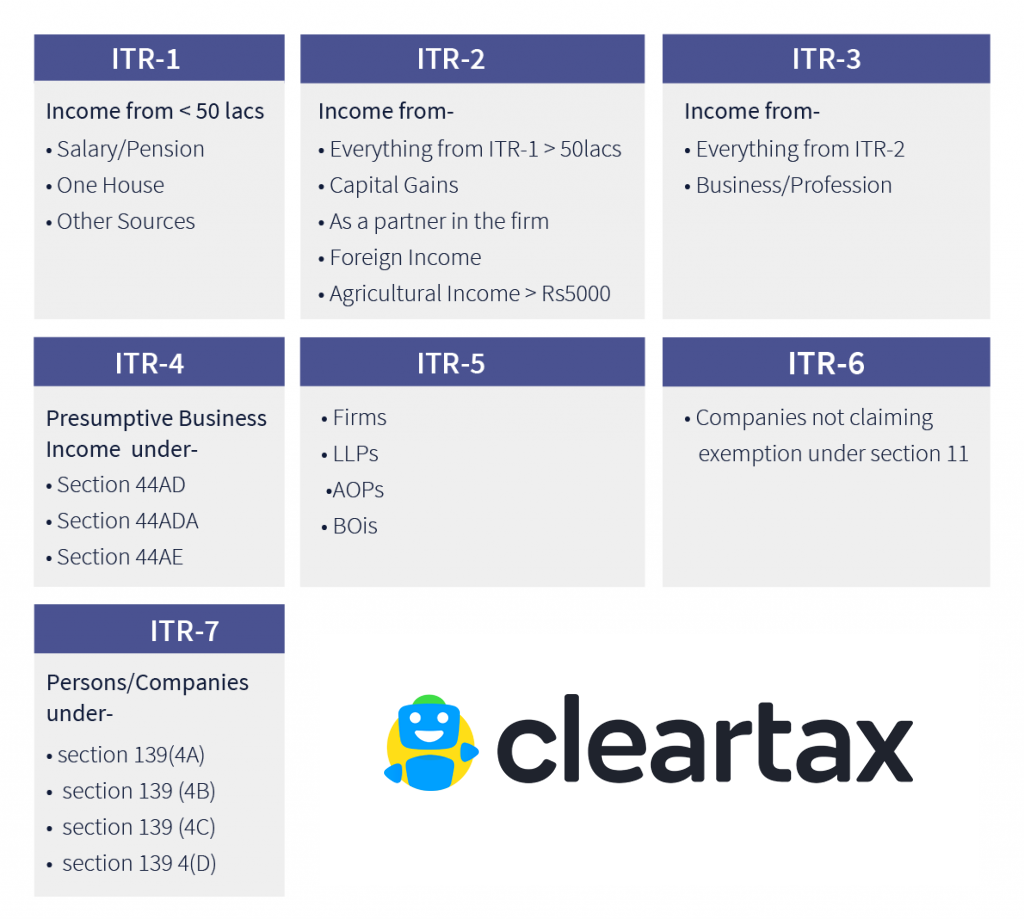4 Smart Ways to Save Taxes with Existing Investments
Smart tax planning is key to a financially secure plan. While you can’t avoid taxes, with proper planning you can ensure that you pay less and retain more. Tax planning helps you find different ways to minimise tax incidence for a financial year through approved investment options for which the government provides
tax benefits.
In a cash crunch, though, the idea of more investments seems difficult to pull off. However, if you have made prior investments, you can stand to save some money without starting fresh investments. Life insurance offers a perfect avenue to save taxes and secure your family’s finances. In addition, fixed deposits, employee provident fund, and public provident fund are some other existing investment options, which will reap you benefits. Read on to know how:
Unit Linked Insurance Plan Withdrawals: ULIPs are a hybrid product, combining investment with protection. While it offers insurance covers, most people largely identify ULIPs as an investment instrument. ULIPS are also long-term policies and are ideal for those who wish to earn market returns and offer you and your loved ones’ insurance protection. Aegon Life’s ULIPs offer a partial withdrawal of 20% from your investment after a lock-in period of 5 years. While premature withdrawal is not advisable, as it can financially jeopardise your goals, you can withdraw and reinvest in a
ULIP policy or switch your invested premiums from one fund to another. Plus, with mutual funds coming under the tax radar, investing in ULIPs will earn you tax benefits. A premium paid below 10% of the sum assured is non-taxable under Sections 80C and 10D of the Income Tax Act
Fixed Deposits: Bank Fixed Deposits are common financial instruments found in most households. In a last-minute need, these FDs can be broken. The withdrawal will lower the interest, but the money can help you in a jiffy. You can reinvest the amount to Bank Tax saving Fixed Deposit which fetches a deduction for an amount of ₹1.5 lacs, under Sec 80C of the IT Act.
Employee Provident Fund Withdrawals: EPFs work as great saving schemes that help salaried individuals not only save a slush fund for retirement but also build a tax-free corpus. It is, therefore, one of the best fixed-income instruments. While it is supposed to be used for retirement, certain circumstances do allow a withdrawal of your EPF amount. You can only withdraw your EPF amount if there is an unemployment period of 2 months. Additionally, a premature withdrawal of EPF is not taxable, provided there is a continuous service from your end for at least 5 years.
Public Provident Fund Withdrawals: Public Provident Funds (PPF) are Government-issued saving plans highly conducive for long-term planning. Section 80C of the IT Act grants deductions for investments up to ₹1.5 lacs per year in PPF. If you have been investing in this plan for a good period, you can withdraw money from your PPF account and allocate it elsewhere to avoid fresh investments. Withdrawals from PPF is allowed only after the seventh year. Following which, the money withdrawn can be used to reinvest in other tax-deductible policies under the jurisdiction of Sec 80C. A good option would be
life insurance policies, one of the most preferred tax-saving investment avenues for all.
Since we’re almost at the end of the financial year 2017-18, the faster we decide to act on these investment tricks, the more money we will be able to save. So, set your financial habits right, reinvest your money in existing investments, and get better benefits. Happy investing









